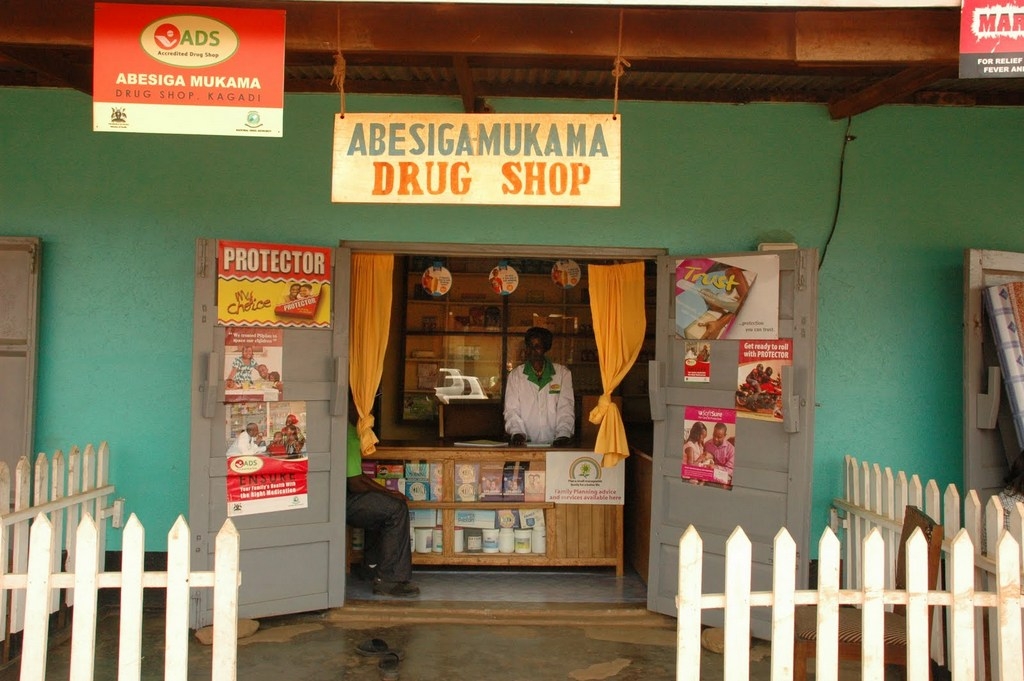
Tuberculosis is one of the world’s deadliest diseases, and multi-drug resistant TB has contributed significantly to the growing global threat of antimicrobial resistance.
Yet in many of the countries most burdened by the disease, about half of those who have TB see private medicine vendors before any other health care professional. That can compound the problem, as Judy Stone, MD, explained in a recent post on Forbes.com, because drug sellers may not be trained to diagnose TB and may administer the wrong medication or the wrong dosage, thereby contributing to resistance. In one recent study she cites, “38% of patients presenting with classic symptoms inappropriately received antibiotics or steroid treatment.”
How can health leaders help private medicine vendors use medicine correctly to ensure appropriate medicine use and better health outcomes? A new paper from a team of SIAPS researchers in the Journal of Pharmaceutical Policy and Practice discusses how national pharmacy organizations, pharmaceutical regulatory authorities, and industry have the potential to help, although they are not yet fully engaged.
Lead author and SIAPS principal technical advisor Niranjan Konduri explained more in Lillypad, a blog site from pharmaceutical company Eli Lilly.
“Although private pharmacies are willing and able to contribute to TB control efforts, interventions have not scaled up as much as they should. Their coverage ranges from less than 5% to 9% of the universe of private pharmacies, which is unlikely to have a significant public health impact.
Government authorities that regulate medicines, national pharmacy associations, private pharmacy and wholesaler associations, and pharmaceutical companies need to step up in the collective fight against both TB and antimicrobial resistance.”
Global pharmaceutical companies can help as well, Konduri says, by building on their existing relationships with these organizations. Read his blog here.

